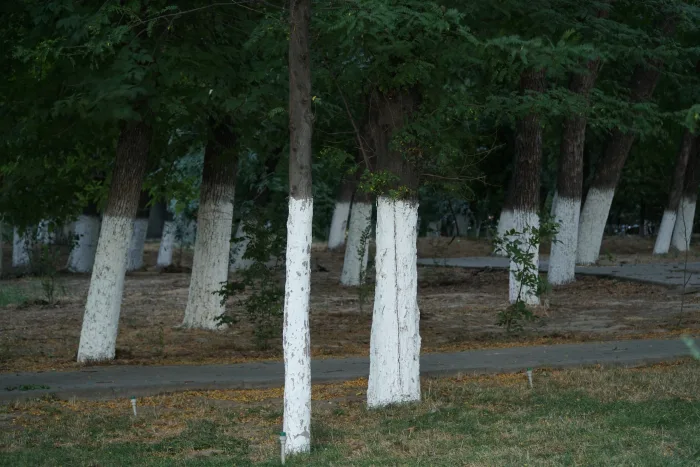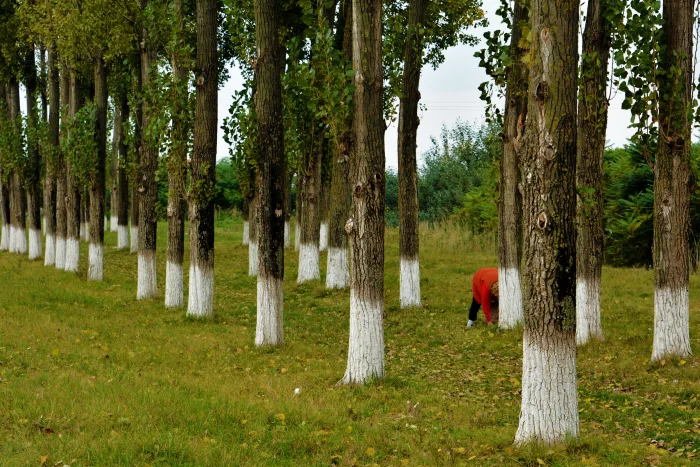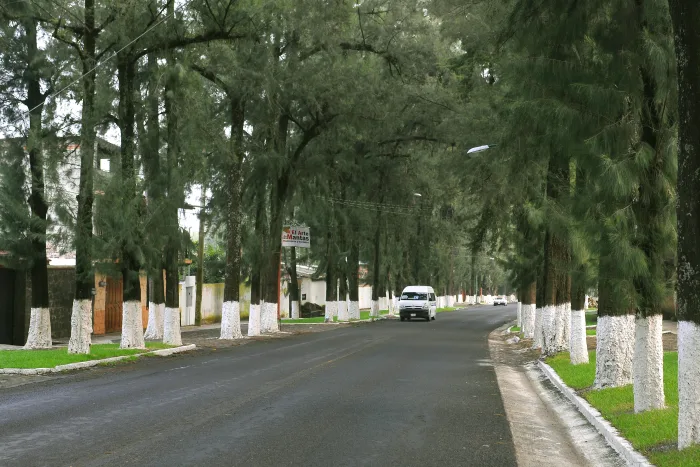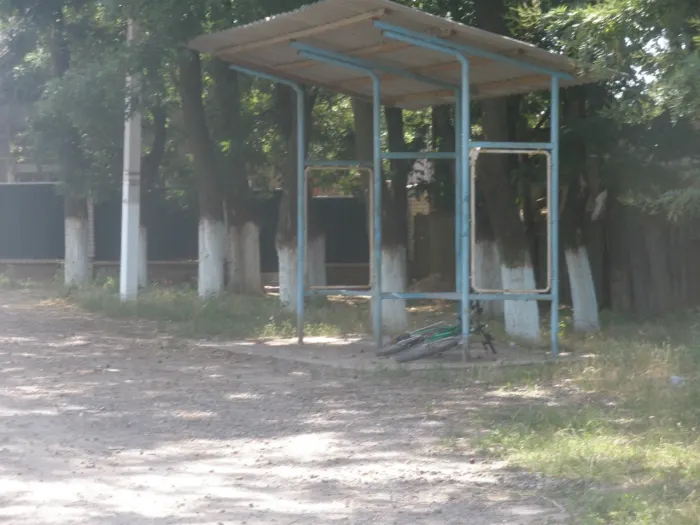If You See a Tree Painted White, Here’s What It Means

As you navigate the vast expanse of the internet, you’ll encounter a vibrant community of passionate plant enthusiasts from around the globe. Among these enthusiasts, none demonstrate more dedication than those devoted to tree planting. Growing a robust fruit tree from a small sapling is a remarkable achievement, and these dedicated individuals employ fascinating techniques. Have you ever wondered why some of them cover their trees with nets or why trees sometimes wear a coat of white paint?
ADVERTISEMENT
Understanding Tree Markings
ADVERTISEMENT
For those acquainted with the language of tree markings, an orange dot often indicates that a tree is slated for removal. Occasionally, trees are adorned with a purple hue, marking territorial boundaries and warning potential trespassers. But what about the pristine white coat?
ADVERTISEMENT

The Purpose of White Painted Trees
Painting the lower trunks of trees white serves a crucial purpose in preventing sunscald, a potentially harmful occurrence during winter. Drastic temperature shifts between freezing nights and sunny days can cause bark splitting, a vulnerability that tree enthusiasts aim to protect against. The strategic application of light-colored paint acts as a shield, preventing the wood from overheating and stopping the formation of future splits and cracks. This protective measure is commonly used on slender residential trees or those in orchards.
Choosing the right paint is essential, with water-based latex paint being the preferred option. Dilution is key, with the ideal mixture being one gallon of paint to an equivalent gallon of water. Some enthusiasts opt for a mixture of equal parts water, latex paint, and joint compound, creating a blend that not only protects against the elements but also deters boring insects seeking to damage the tree.

When it’s time to apply the protective coat, the trusty paintbrush is the tool of choice. While spraying is an option, it may compromise the effectiveness of the protective layer, failing to achieve the desired results. A well-executed painting session, often an annual ritual, becomes the arboreal equivalent of wearing a winter coat to brave the elements.
In the lively world of tree enthusiasts, painting trees white isn’t merely an aesthetic choice; it’s a strategic defense against nature’s unpredictable whims. With each stroke of the paintbrush, these guardians of the green realm ensure the longevity and resilience of their leafy charges, leaving an indelible mark on the landscape they diligently cultivate.

In summary, spotting a tree painted white isn’t just about aesthetics; it’s a strategic defense mechanism against sunscald and other environmental threats. Tree enthusiasts go to great lengths to safeguard the health and longevity of their beloved green companions, using techniques like white painting to shield against nature’s unpredictable forces.




